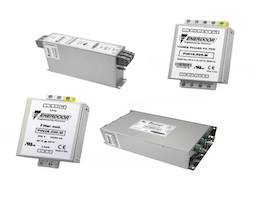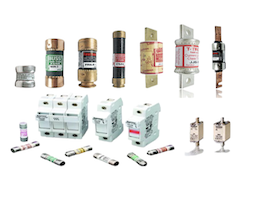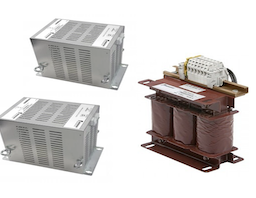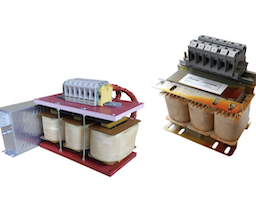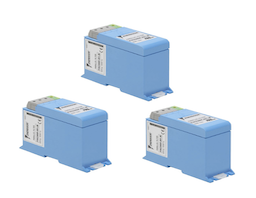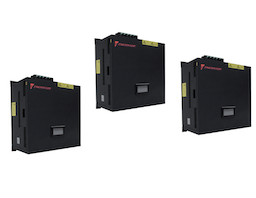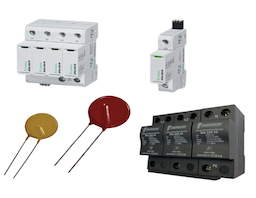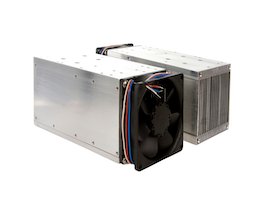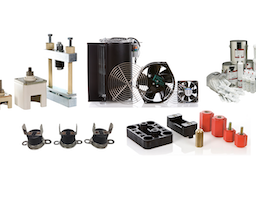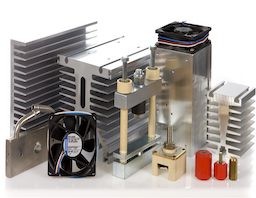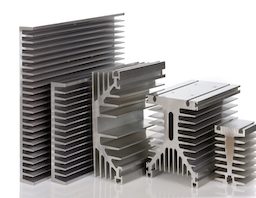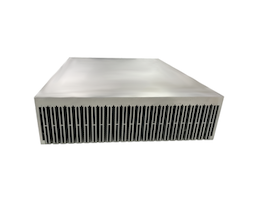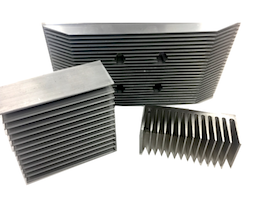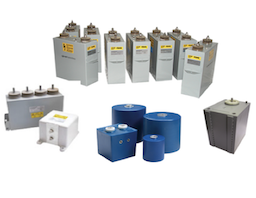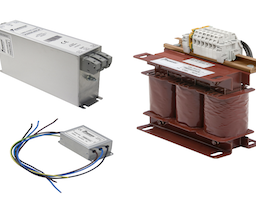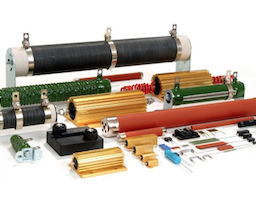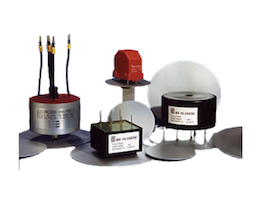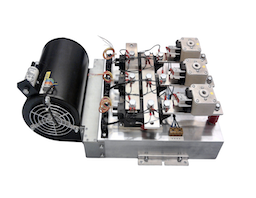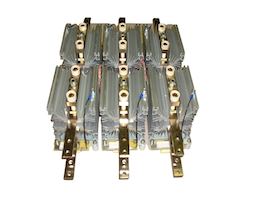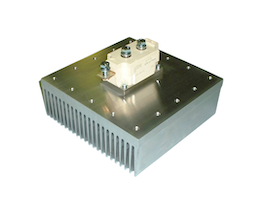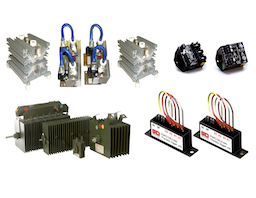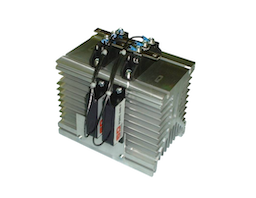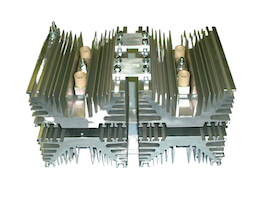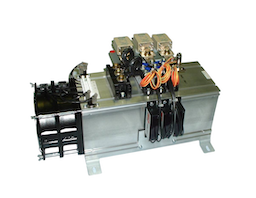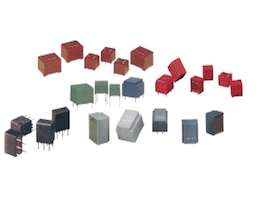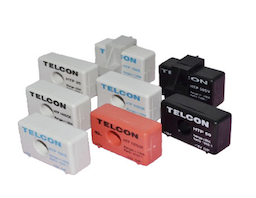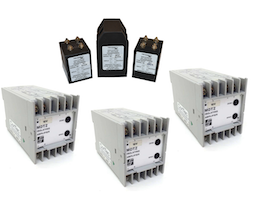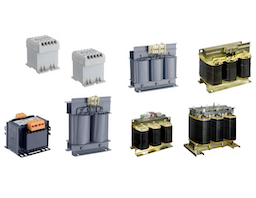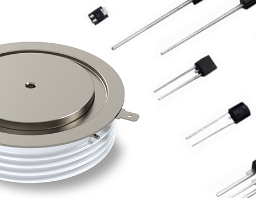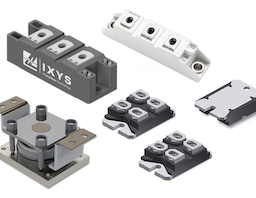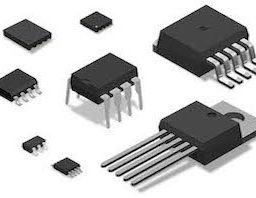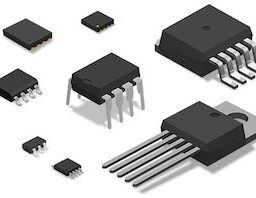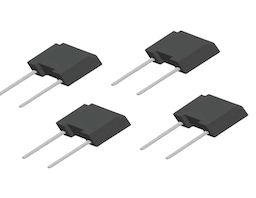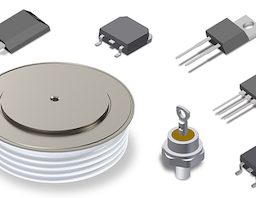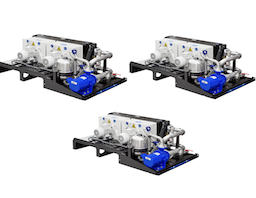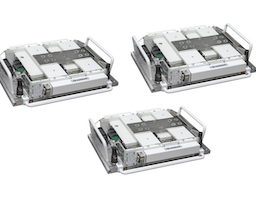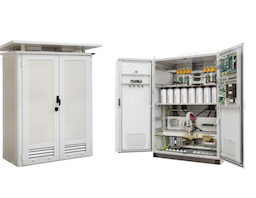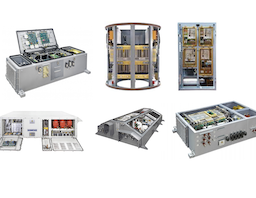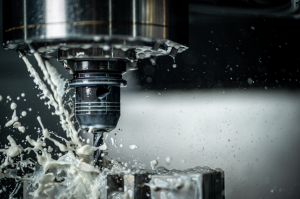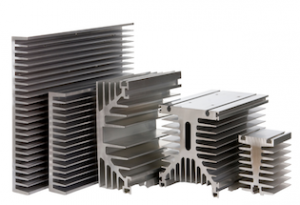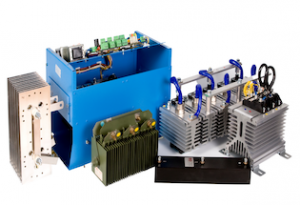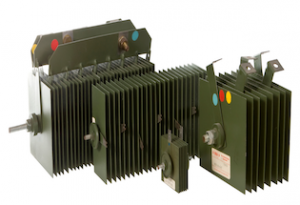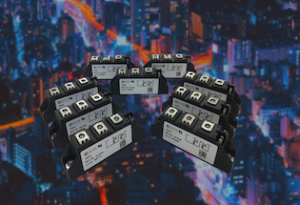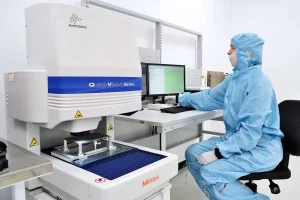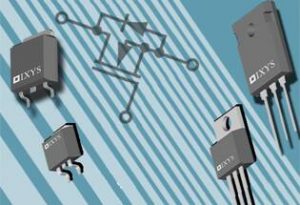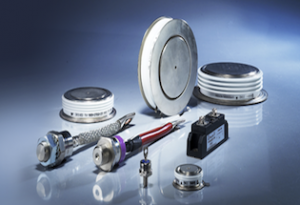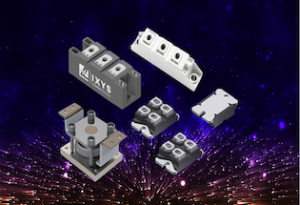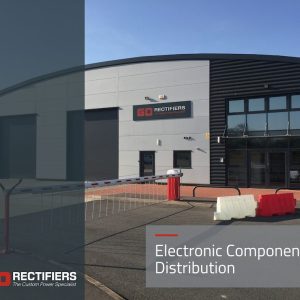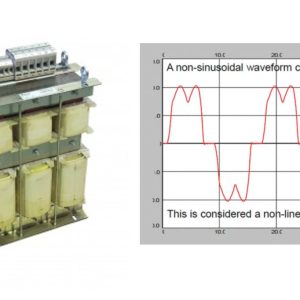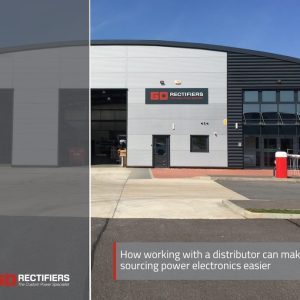09.12.2019
Smart Heatsink Solutions: Select the right heatsink in five simple steps
Published on: 09/12/2019
Discover five easy steps to procuring your next heatsink

Smart Heatsink Solutions by GD Rectifiers
GD Rectifiers is one of the UK’s leading designers and manufacturers of heatsinks, providing heatsink solutions to purchasers and engineers for over 10 years.
We offer a broad range of standard aluminium heatsinks with over 160 profiles in stock, including hollow fin, solid fin, forced-air cooled and water and oil cooled heatsinks.
GD Rectifiers can also design bespoke, custom-made heatsinks tailored to your specification. Our Intertek accreditation assures quality, safety and sustainability around the world.
Selecting the right heatsink will depend on the application it is being used for and whether it will achieve efficient dissipation results in terms of geometry with the correlated seizes. Discover our top five tips in finding the right heatsink for you:
1) The easiest way to select the right heatsink is to calculate the thermal resistance for the application and consider the maximum temperature range and the amount of heat dissipation required from the device.
2) Heatsink manufacturers tend to specify their heatsinks by thermal resistance in the form of numerical values, diagrams or datasheets. It is often more time effective for buyers and engineers to contact the heatsink manufacturers direct to determine the heatsink specification required.
3) Another important element to consider when selecting a heatsink is the installation position of the heatsink. If the optimum mounting direction of the heatsink in the application cannot be done due to mechanical conditions or space requirements, buyers need to consider this in their thermal resistance calculation. Differing heatsink installation positions can reduce thermal resistance depending on the heatsink geometry by 10-15%.
4) Alongside the heatsinks length, the fin height also has to be adjusted to the heat source for the heatsink selection. It’s important to consider the fin efficiency of a heatsink why is defined by the heat flow which the fin actually dissipates to the ideal heat flow. The right fin height in connection to the right width enters a saturation region at a certain point which means that thermotechnically seeing an enlargement of the fin would have no affect. The fin temperature would be set to the level of the ambient temperature at a certain point.
5) Fin geometry is the next point to consider. Rectangular fins are usually used for force convection and conical fin shapes are mainly used for free convection. The difference between the two is that with conical fins a flow resistance arises and air velocity at the bottom of the fins which is why it should be clarified if possible air flows or fans are required for the application. If fans are required, it is often recommended that the engineer uses rectangular fins.
For further information on GD Rectifiers’ heatsink range or to discuss your requirements, please call 01444 243 452 or email [email protected].
